Increased Focus on Fuel Efficiency
The Automotive Wind Tunnel Market is also driven by the heightened focus on fuel efficiency among automotive manufacturers. As fuel prices fluctuate and environmental concerns rise, there is a pressing need for vehicles that consume less fuel while maintaining performance. Wind tunnel testing plays a pivotal role in achieving optimal aerodynamic designs that reduce drag and improve fuel economy. Manufacturers are increasingly utilizing wind tunnels to refine vehicle shapes and features, leading to more fuel-efficient models. This trend is likely to propel the market forward, with estimates suggesting a growth rate of approximately 4.5% in the coming years as companies prioritize fuel efficiency in their design processes.
Rising Demand for Electric Vehicles
The shift towards electric vehicles (EVs) is significantly influencing the Automotive Wind Tunnel Market. As manufacturers strive to optimize the aerodynamics of EVs to enhance range and efficiency, the demand for wind tunnel testing is likely to increase. EVs require specialized aerodynamic designs to minimize drag and maximize battery performance. Consequently, automotive companies are investing in advanced wind tunnel facilities to conduct extensive testing on their EV prototypes. This trend is expected to contribute to a notable increase in the market size, with projections indicating a potential growth of around 6% annually as the automotive sector adapts to the evolving landscape of electric mobility.
Regulatory Pressures and Safety Standards
The Automotive Wind Tunnel Market is significantly influenced by regulatory pressures and safety standards imposed by governments worldwide. As regulations regarding emissions and safety become more stringent, automotive manufacturers are compelled to invest in wind tunnel testing to ensure compliance. This testing is essential for validating vehicle designs against safety and environmental regulations. The need for rigorous testing protocols is expected to drive demand for advanced wind tunnel facilities, as manufacturers seek to meet these evolving standards. Consequently, the market may witness a growth trajectory of around 5% annually, as compliance becomes a critical factor in vehicle development.
Emerging Markets and Increased Automotive Production
The Automotive Wind Tunnel Market is poised for growth due to the emergence of new markets and increased automotive production in various regions. As countries develop their automotive sectors, the demand for wind tunnel testing facilities is likely to rise. Manufacturers in these regions are recognizing the importance of aerodynamic efficiency in vehicle design, leading to investments in wind tunnel technology. This trend is particularly evident in Asia-Pacific, where automotive production is expanding rapidly. Projections indicate that the market could experience a growth rate of approximately 5.5% as these emerging markets continue to develop their automotive capabilities.
Technological Innovations in Automotive Wind Tunnel Market
The Automotive Wind Tunnel Market is experiencing a surge in technological innovations that enhance aerodynamic testing capabilities. Advanced computational fluid dynamics (CFD) tools are increasingly integrated with traditional wind tunnel testing, allowing for more precise simulations and analyses. This integration is expected to improve the accuracy of aerodynamic assessments, which is crucial for vehicle performance. Furthermore, the introduction of real-time data analytics in wind tunnel testing enables manufacturers to make informed design decisions swiftly. As a result, the market is projected to grow at a compound annual growth rate (CAGR) of approximately 5.2% over the next five years, driven by these technological advancements.



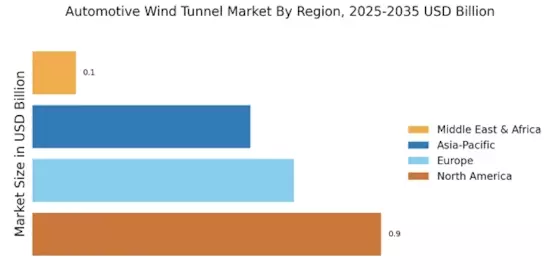

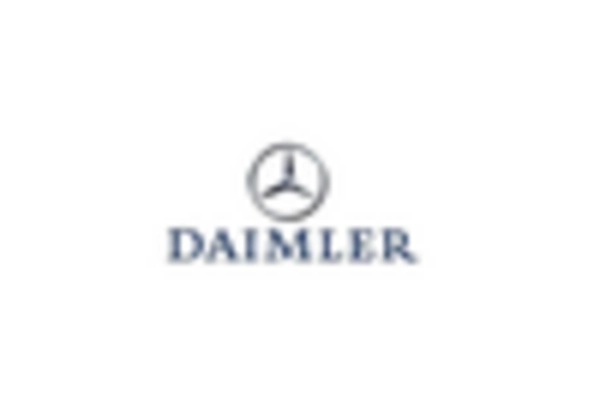

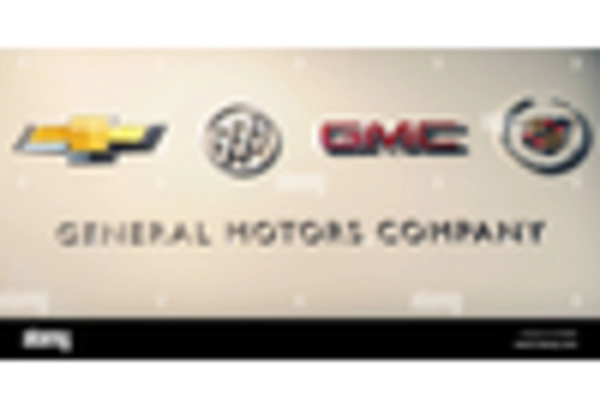
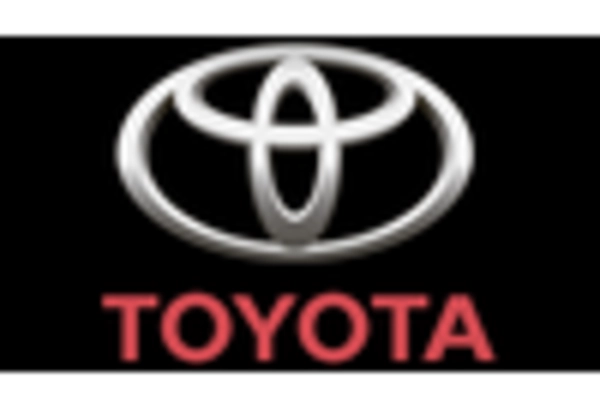
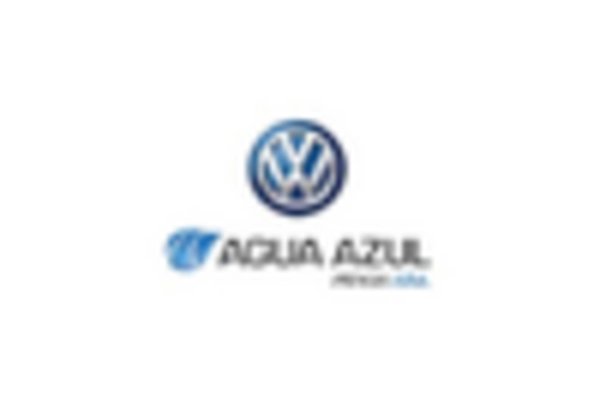








Leave a Comment